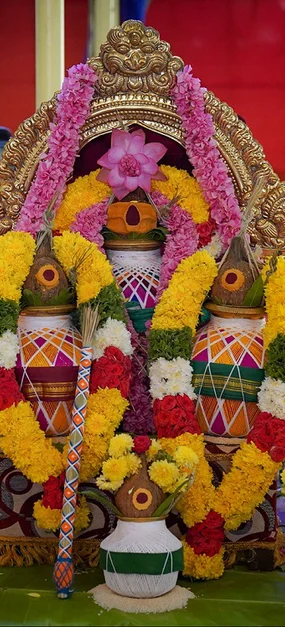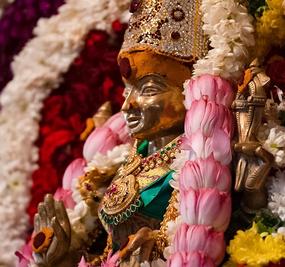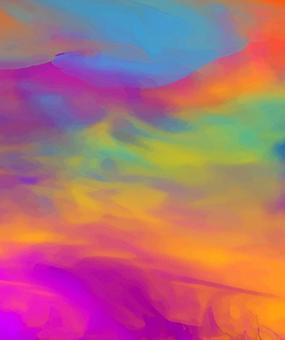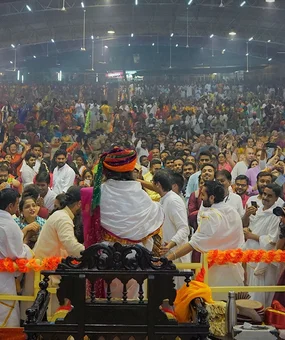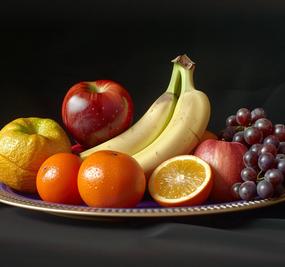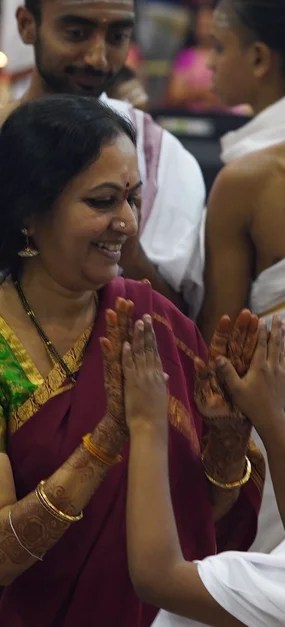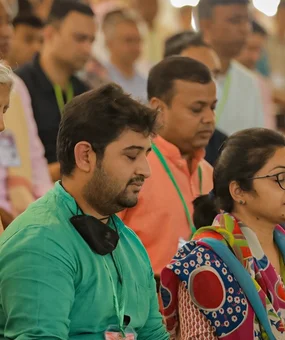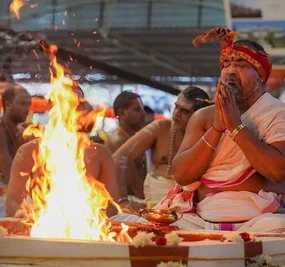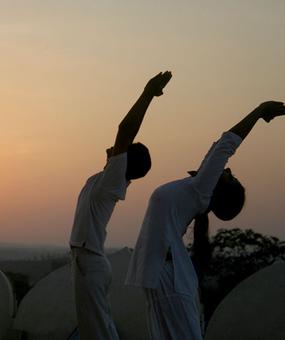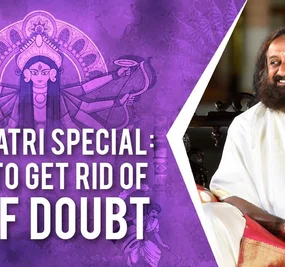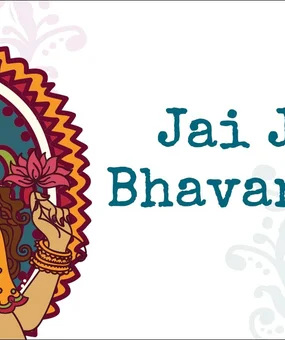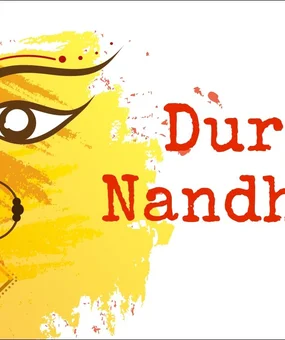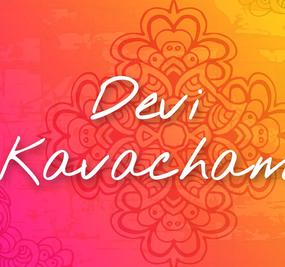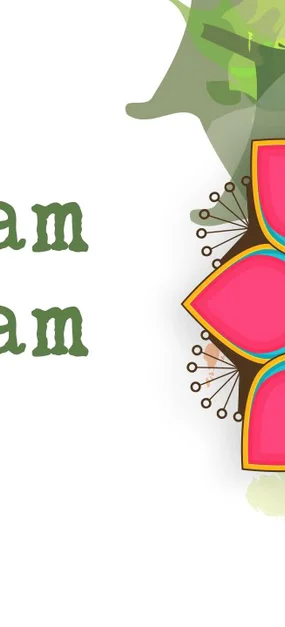Navratri is a time to reconnect with your Source. The term ‘Navratri’ meaning ‘nine nights,’ is the period that mirrors the rest and renewal found in sleep.
“Just as the night allows you to turn inward and wake up refreshed, Navratri offers a unique opportunity for profound inner rest. This period of deep relaxation brings freedom from daily worries, fostering creativity and inner peace.” – Gurudev Sri Sri Ravishankar
India’s cultural landscape is a vibrant mosaic of traditions and festivals, each reflecting the country’s rich heritage. With a multitude of states and religions, every festival carries its unique essence, yet all converge on themes of unity and spirituality. From the diversity in language and attire to varied worship practices, India’s festivals celebrate this rich variety while maintaining a common thread of devotion and harmony.
The Essence of Navratri
Over nine nights and ten days of Navratri, nine different forms of the goddess are worshipped, each representing distinct qualities:
- Day 1: Shailaputri – Goddess of the mountains, representing purity and devotion.
- Day 2: Brahmacharini – Goddess of austerity and penance, embodying self-discipline.
- Day 3: Chandraghanta – Goddess of courage and strength, symbolizing fearlessness.
- Day 4: Kushmanda – Goddess of creation, associated with prosperity and energy.
- Day 5: Skandamata – Goddess of motherhood, representing protection and nurturing.
- Day 6: Katyayani – Goddess of valor, signifying the power to overcome adversity.
- Day 7: Kalaratri – Goddess of darkness, embodying the removal of ignorance.
- Day 8: Mahagauri – Goddess of purity, symbolizing wisdom and tranquility.
- Day 9: Siddhidatri – Goddess of accomplishment, representing the fulfillment of desires.
- Day 10: Vijaya Dashami – signifies the triumph over the three gunas: Raja (passion), Tamas (ignorance), and Satva (purity).
How is Navratri celebrated in different parts of the country?
Northern India: Dusshera and Kanya Puja
In Northern India, Navratri culminates in Dussehra, celebrating Lord Rama’s triumph over the demon king Ravana. The festival features Ramlila, a dramatic reenactment of the Ramayana, with performances that include song, dance, and puppet shows. The final day includes the burning of effigies of Ravana and his allies, symbolizing the victory of good over evil.
Devi Durga is revered as Shera Wali Mata, depicted riding a tiger with eight arms, each holding a weapon. Local societies organize Jagratras or all-night devotional singing events. On the 8th and 9th days, Kanjak or Kanya Puja is performed, where nine young girls, representing the nine forms of Devi Durga, are honored. Shobhita Sharma, a Delhi-based architect, recalls: “My fondest memory of Navratri is being revered like a goddess by neighbors, with sweets and money as part of the ceremony.”

Western India: Garba and Dandiya-Raas
In Gujarat, Navratri is renowned for its Garba and Dandiya-Raas dances. Garba involves graceful circular dancing around a pot with a lamp, symbolizing life within the womb. Dandiya-Raas features pairs of dancers using decorated bamboo sticks, creating rhythmic patterns with jingling bells.
Jeenakshi, a Gujarat resident describes the celebrations: “In Gujarat, we dance Garba from nine in the evening until four in the morning. Each city has its own style, and new dresses are a must. Navratri is the perfect time to experience Gujarat’s festive spirit.”

Eastern India: Durga Puja
In West Bengal and North East India, the last five days of Navratri are celebrated as Durga Puja. Devi Durga is depicted with ten arms, riding a lion and carrying weapons to destroy negativity. Life-size clay idols of Durga slaying the demon Mahishasura are displayed in temples and pandals, with the festival culminating in immersion on Vijaya Dashami.
Jonaki, a resident from Kolkata, shares her experience: “Durga Puja is a time for rest and family gatherings. Each pandal has its own theme, and the sight of the goddess Durga is mesmerizing. Women wear beautiful Bengali saris, and the Maha Aarti with the sound of the Dhak is the highlight.”

Southern India: Kolu and Yakshagana
In South India, Navratri is celebrated with the Kolu, an exhibition of dolls and figurines arranged in stepped displays. Known as Bombe Habba in Kannada, Bommai Kolu in Tamil, Bomma Gullu in Malayalam, and Bommala Koluvu in Telugu, these displays often feature deities and convey social messages.
In Karnataka, Navratri, or Dasara, includes Yakshagana, a night-long dance-drama based on epic tales. The Mysore Dasara, led by the royal family, is celebrated with grandeur. Additionally, the Ayudha Puja, observed on Mahanavami, involves worshipping tools, books, and vehicles. In Kerala, the tenth day, Vidyarambham, marks the initiation of young children into learning.

The Spiritual Connection
“There are 64 impulses that govern the subtle creation. These are responsible for restoring all earthly and spiritual benefits. They are simply part of one’s awakened consciousness. These nine nights are celebrated to rekindle those divine impulses and celebrate the innermost depth of our lives.” Gurudev Sri Sri Ravishankar
Ultimately, Navratri is a time for reconnecting with a higher spiritual essence. The diverse rituals and celebrations across India offer a chance for spiritual rejuvenation, helping us connect more deeply with ourselves, our loved ones, and the joyful spirit of life.



